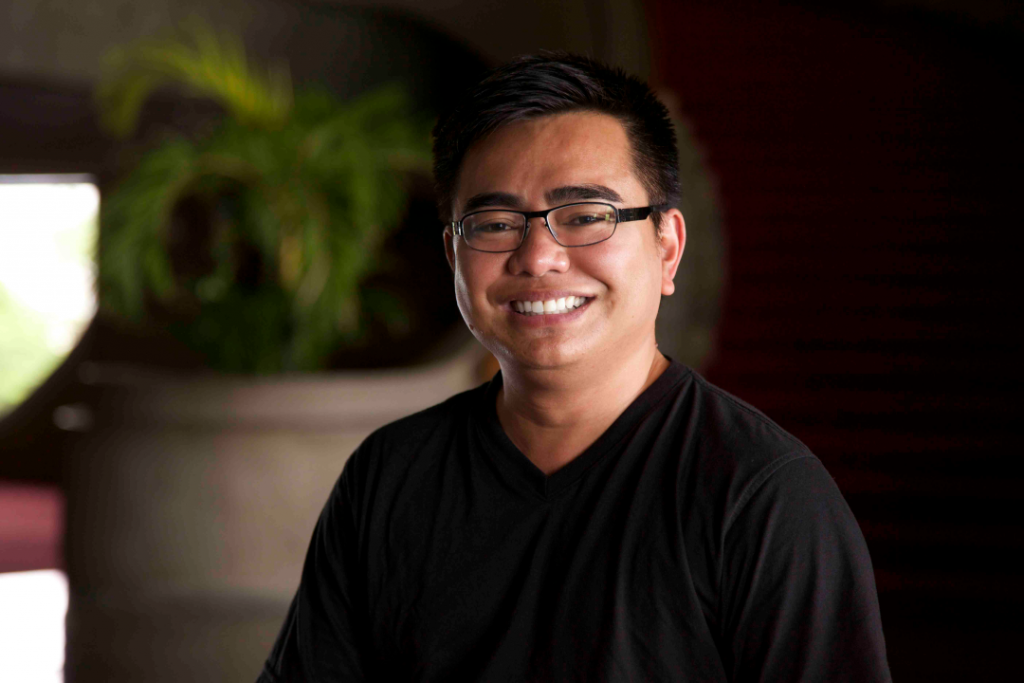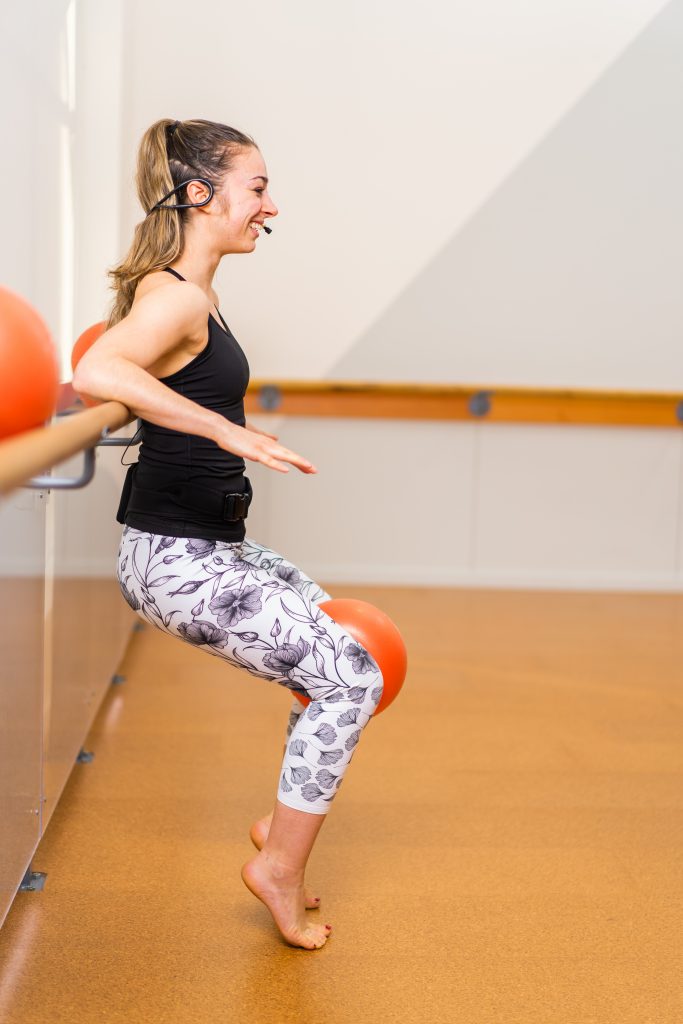By: Paolo Pagcanlungan
It feels different when you are made to dance like no one is watching.
When non-essential businesses were declared to close in order to help protect Canadians in the fight against COVID-19, the arts community felt the hit harder than most. From the business aspect to its craft, the artform of dance is given a new challenge.
Social distancing is important, but dance is communal. Group classes are how dance knowledge is commonly shared. That allows the business to thrive, too. Now, choreographers like Brandon “Bizzy” Owusu are left without a main source of income.

Almost nothing was spared in the closing of non-essential business for people working in the entertainment industry, and entrepreneurs like Lindsey Thompson have had their entire schedules and plans erased.
“Before this happened, I had five jobs. I taught fitness, I worked as a magician’s assistant, I was a producer at Yonge Street Theatricals, I worked occasionally as a brand ambassador, and then I freelanced performance – modelling, acting, [and] dancing. Now, I have none of them. All gyms are closed, the studios are closed, I can’t teach or run any workshops. All of my gigs got cancelled, all the shows are closed, and then Broadway is closed which is where most of Yonge Street Theatricals business is involved in – is in the States – and I was in contract with them as well, so I’m out.”
(Lindsey Thompson)
Dancers are called to improvise now more than ever. Without the routine that sustains the life of the artform, dancers must find creative ways to keep their craft and livelihoods going. The Canadian government is providing help to offset some of the loss that many people across the nation have now incurred through funding like EI and CERB. As Lindsey explains, however, it is a tricky situation.

Coping with self-isolation has opened up many doors for dancers. Pockets of movements have been found all over the online landscape where dance companies and experienced professionals are now offering their knowledge (for the most part) for free. Lindsey feels it is a magical time to be a student of dance. “There is a plethora of live classes! I could take one on every hour of the day if I wanted to,” she says. “This is from the National Ballet of Canada, from dancers on Broadway, from the choreographers of Sia… it’s incredible.” Bizzy, who has been holding his own classes online, has seen his peers doing the same.
Another online movement called dancingalonetogether.org is currently being single-handedly run by Katherine Disenhof, a professional dancer with NW Dance Project who is experiencing a temporary layoff due to COVID-19. She donates her time to curate live classes, other learning resources, livestreaming festivals, archival recording and more. She donates her time to keep the website running, and now the only way to support her work is through online donations.
Self-isolation has not only affected people who dance, but the art itself. Group choreography, partner dancing, social dancing events have mostly had to halt. Solo dancing is thriving, and York University professor, Patrick Alcedo, is fascinated by the effects that social distancing has had on popular dance. At the same time, he expresses his concern for more traditional dances around the world, like the Philippine folk dance he researches and teaches.

COVID-19 has put humanity in a difficult position, but people all over the world are stepping up to help each other and staying together even while apart. Thanks to technology, dancers are staying connected with each other on a human level. In his classes, Bizzy explains how the dance community acts as its own mental health support group.
Bizzy teaching Soca dance class. (BizzyBoom/YouTube)
Dancers are often placed in awkward positions to compete against their friends and peers during auditions. Now that the sense of competition has halted, empathy is taking and bringing people even closer in their struggle together.
Self-isolation has reminded all people of how much value physical human interaction holds. It has also been an opportunity for personal reflection. Practicing dance without your teacher being able to stand beside you to tell you where your body should be, and how the movement should feel, can make you feel lost in the learning process. Lindsey has come to realize that she now has to put even more attention to her craft.

Everyone is looking forward to the day when life returns to normal. It will be a “new” normal. The fight will not be over with challenges in the economy. Just like these dancers, it is important to have something to look forward to.
This is especially true when it is all we might have left.
For more on Bizzy, check out @bizzyboom on all social media platforms. For more on Lindsey, check out @lindseeyyt on Instagram. To contact Patrick, email him at alcedo@yorku.ca.